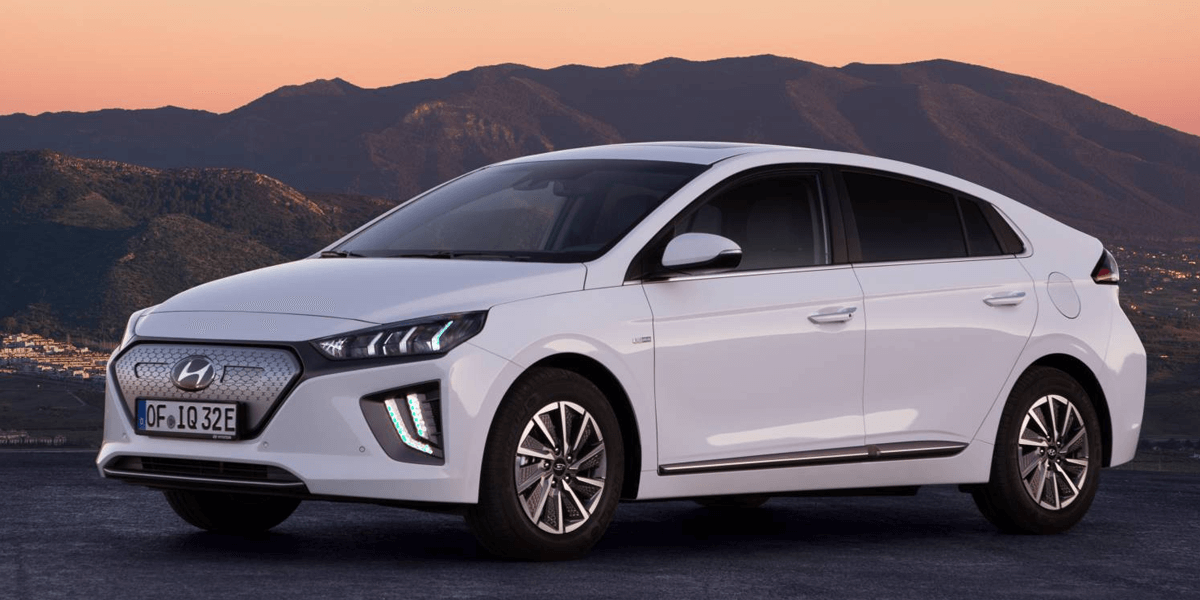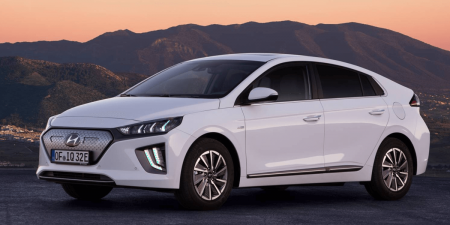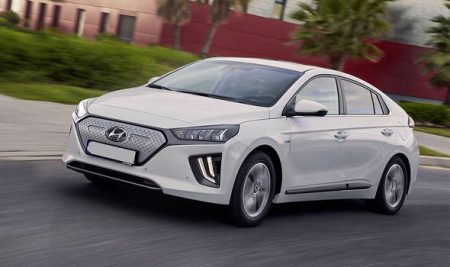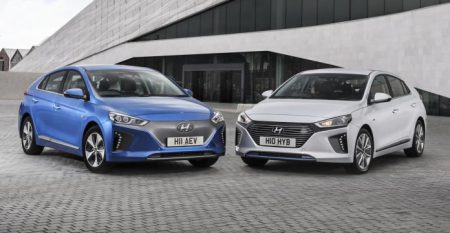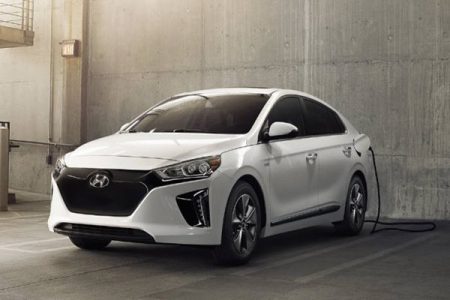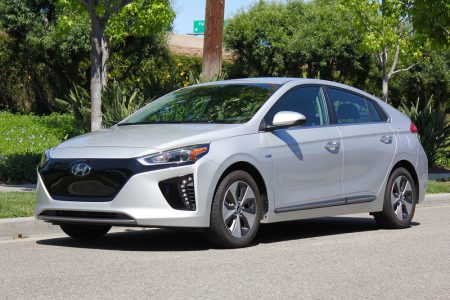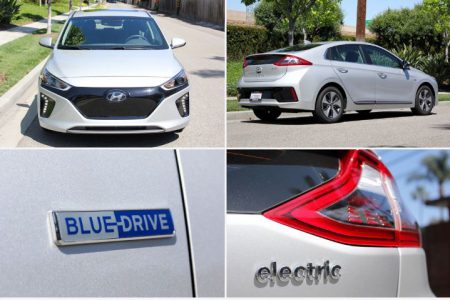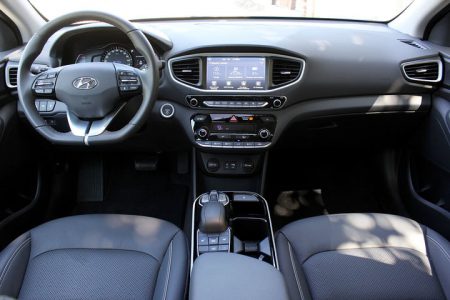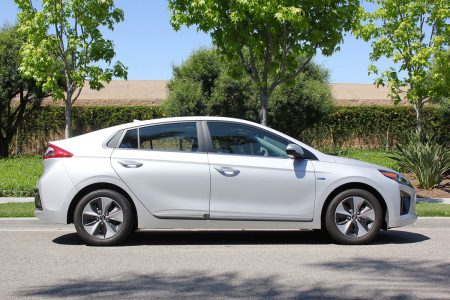We get behind the wheel of an electric Hyundai Ioniq and petrol Hyundai i30 Fastback to see if their motive power has an impact on the way we drive
Electric cars are different from petrol and diesel ones, and that becomes clear even before you’ve sat in one. From range and charging infrastructure, to government tax breaks and miles per kilowatt hour replacing miles per gallon, moving from fossil fuels to electric power requires a change in mindset.
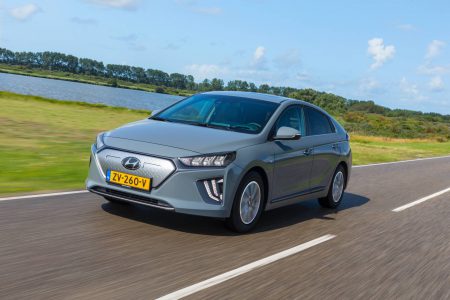
When you get behind the wheel of an EV, even more differences emerge. The silent running, the instant torque, the regenerative braking – electric cars have intrinsic character differences when compared with their counterparts, and require different driving styles.
But how do these differences impact drivers and how they drive, and is it a positive change? In the hope of finding answers to these questions, Hyundai came to us with a proposition. The firm presented us with two cars – one a pure-electric Ioniq, the other a petrol-powered i30 Fastback – and asked politely if they could hook me up with a blood-pressure monitor and track my eye movement during a pair of 30-minute drives, one in each car.
It wouldn’t be just me that was wired up. The cars would be rigged with pressure pads on their steering wheels, accelerometers and all manner of other sensors. The measurements gathered by these instruments would, together with the assessments of an observer sitting in the passenger seat, generate category scores in five areas: awareness, ability, confidence, efficiency and calmness. The experiment is called Drive Different and its aim, it almost goes without saying, is to look at how my driving changes as I switched from one car to the other.
The day gets off to a bad start, with the cars held up by traffic on their way to the office and rain pounding London’s streets. But soon I’m hooked up; the heart-rate monitor is an unobtrusive bit of kit like a wristwatch, while aside from pressure-pad covers on the cars’ steering wheels and pupil-tracking cameras on their infotainment screens, all seems fairly normal.
Read more: Auto Express
It’s Time to Go Green!
If you would like to know more about Solar Panels and the PowerBanx range of home battery systems, and get a free instant quote, please complete our online form:


